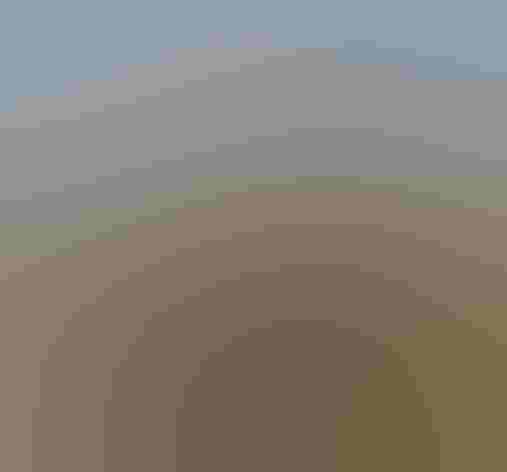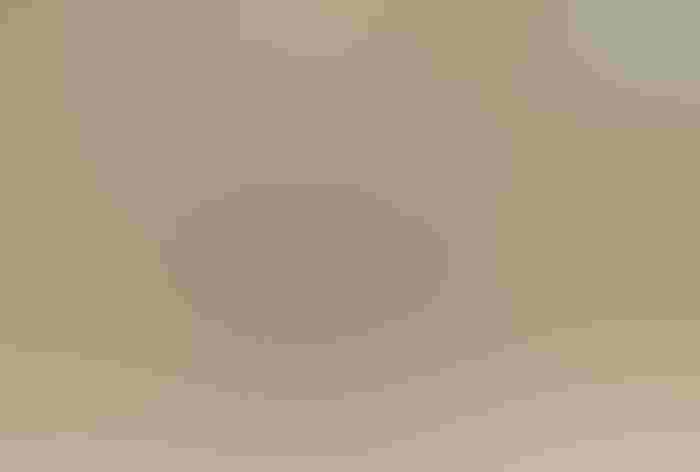Western Gull
At a Glance
The only gull nesting along most of the Pacific Coast from Washington to Baja, this large species is common at all seasons. An opportunist, it often nests around colonies of other seabirds, where it can steal unguarded eggs or chicks. It will also nest near colonies of California sea lions, scavenging any sea lion pups that die of natural causes. At the northern end of its range it hybridizes with Glaucous-winged Gull, and many intermediate birds are seen.
All bird guide text and rangemaps adapted from Lives of North American Birds by Kenn Kaufman© 1996, used by permission of Houghton Mifflin Harcourt Publishing Company. All rights reserved.
Category
Gull-like Birds, Gulls and Terns
Conservation
Low Concern
Habitat
Coasts and Shorelines, Landfills and Dumps, Open Ocean, Saltwater Wetlands, Urban and Suburban Habitats
Region
California, Northwest, Western Canada
Behavior
Direct Flight, Flap/Glide
Population
86.000
Range & Identification
Migration & Range Maps
Present all year throughout its breeding range, but banding records show that individuals wander widely within this range. Some move north into British Columbia and south to southern Baja, especially in winter. Almost never found inland.
Description
24-27" (61-69 cm). Size of Herring Gull but looks bulkier, and bill often looks more swollen and drooping toward tip. Adults have back and wings dark gray to blackish, wingtips black and white, legs pink. Young birds all dark brown at first, similar to youngest Herring Gulls, but note bill shape and paler rump; gradually change to adult plumage by fourth winter. North of Monterey, adults are slightly paler gray above. In Washington, often interbreeds with Glaucous-winged Gull, and hybrids occur all along the coast in winter.
Size
About the size of a Heron, About the size of a Mallard or Herring Gull
Color
Black, Brown, Gray, Red, White, Yellow
Wing Shape
Broad, Pointed, Tapered
Tail Shape
Rounded, Short, Square-tipped
Songs and Calls
Squeals and raucous notes.
Call Pattern
Falling, Flat
Call Type
Raucous, Scream
Habitat
Coastal waters, estuaries, beaches, city waterfronts. Mostly along immediate coast, but regularly found well out at sea, especially between coast and nesting islands. Visits garbage dumps, ponds, and flat open areas (such as parking lots) within a few miles of coast, but almost never found farther inland. Nests on islands and locally on mainland cliffs.
Sign up for Audubon's newsletter to learn more about birds like the Western Gull
Behavior
Eggs
Usually 3, sometimes 1-5, rarely 6. Clutches of more than 3 eggs result from 2 females laying in same nest, which happens fairly often at some colonies. Eggs buff to olive or gray, blotched with darker brown. Incubation at normal nests is by both parents (female may do more), 25-29 days. In very hot weather, adults may fly to water and soak belly feathers to cool eggs.
Young
Fed by both parents. May leave nest when a few days old and hide in nearby vegetation. Capable of flight at about 6-7 weeks after hatching. Young depart from some colonies at about 10 weeks, becoming independent then; at other colonies, young may be fed by parents longer.
Feeding Behavior
forages while walking or swimming, or may plunge into water from flight. May drop hard-shelled clams and crabs onto rocks while in flight to break them open.
Diet
Fish and other marine life, eggs, carrion, refuse. Feeds on a wide variety of aquatic life, including fish, crabs, squid, clams, sea urchins. Eats eggs and young (and sometimes adults) of other birds. Around sea lion colonies, scavenges dead pups and afterbirth. Also eats other carrion, and scavenges in dumps and around docks for refuse.
Nesting
First breeds at 4 years or older. Nests in colonies. Nest site is on ground or on cliff ledge, sometimes on boat or building, sometimes under overhanging rock. Nest (probably built by both sexes) is shallow depression, usually with lining of grass, other plants.
Climate Vulnerability
Conservation Status
Common, and numbers apparently stable. Nesting at some colonies has been impacted in the past by effects of pesticides in the food chain.
Climate Threats Facing the Western Gull
Choose a temperature scenario below to see which threats will affect this species as warming increases. The same climate change-driven threats that put birds at risk will affect other wildlife and people, too.












